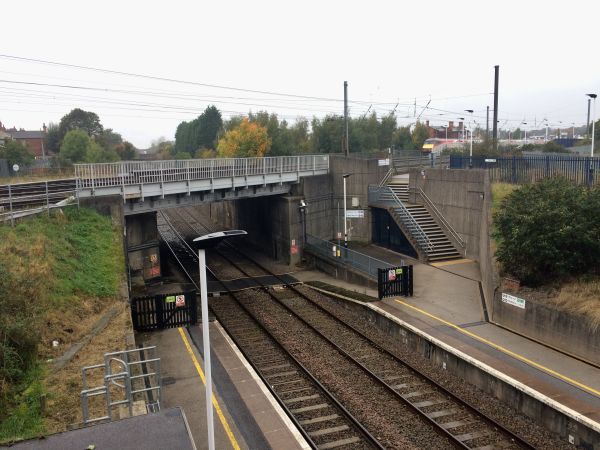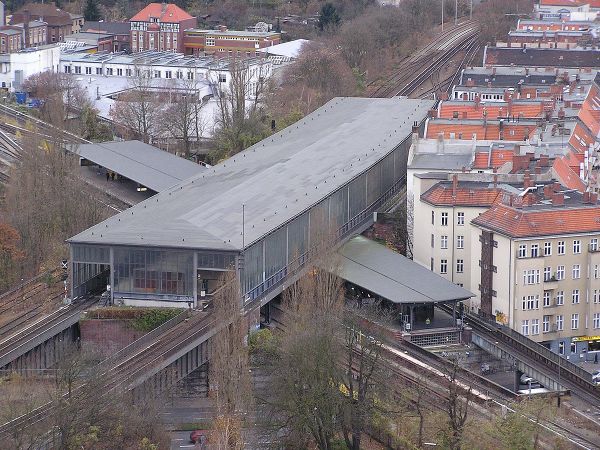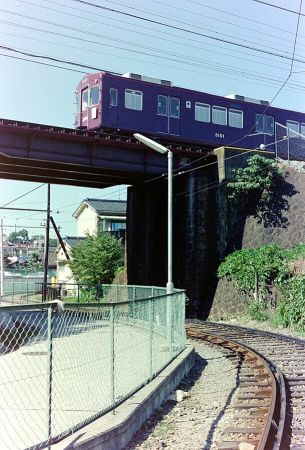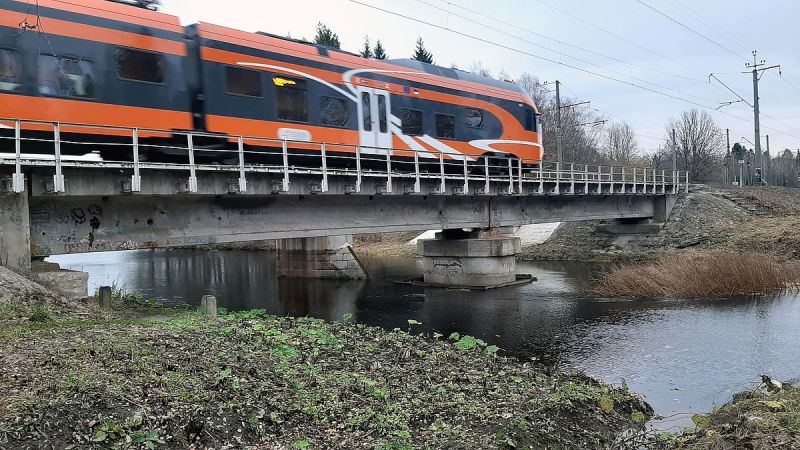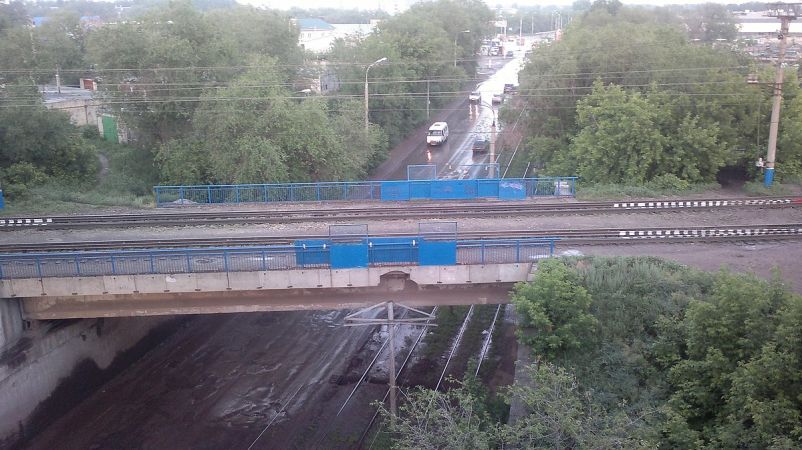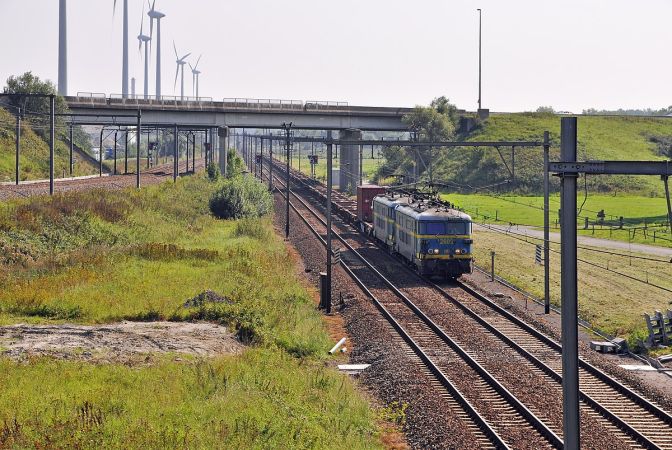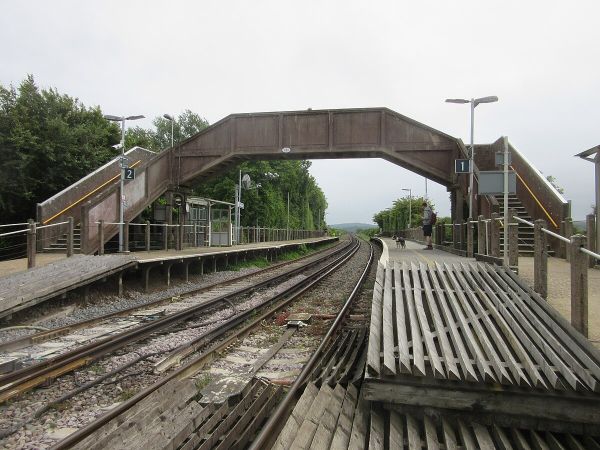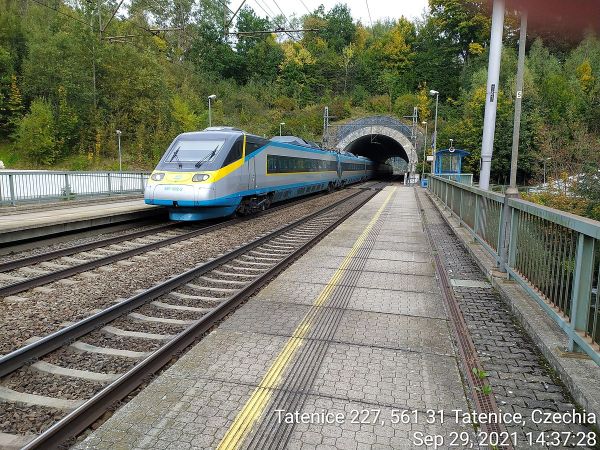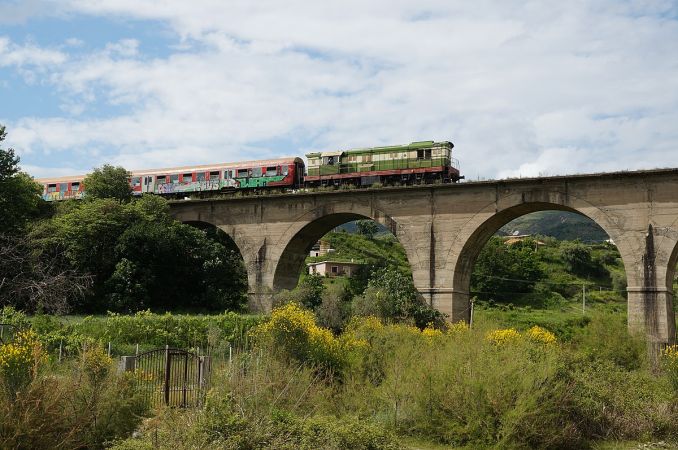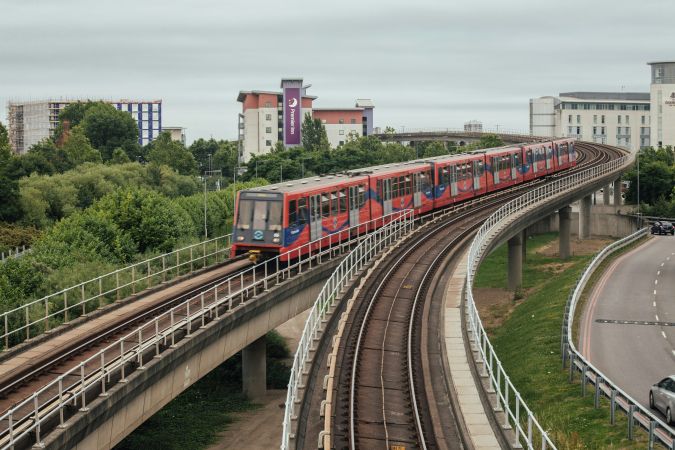|
|
| Line 22: |
Line 22: |
| | | | | |
| <gallery widths=700px heights=300px mode="packed-overlay"> | | <gallery widths=700px heights=300px mode="packed-overlay"> |
| File:Retford low-level station.jpg|{{commons|Overbridge_at_Retford_low-level_station.jpg|Rcsprinter123|CC|BY|3.0}} | | File:Retford low-level station.jpg|Overbridge at Retford low-level station {{commons|Overbridge_at_Retford_low-level_station.jpg|Rcsprinter123|CC|BY|3.0}} |
| File:Bahnhof Berlin-Schoeneberg.jpg |{{commons|Bahnhof_Berlin-Schoeneberg.jpg|Axel.Mauruszat|CC|BY|3.0}} | | File:Bahnhof Berlin-Schoeneberg.jpg |Bahnhof Berlin-Schoeneberg {{commons|Bahnhof_Berlin-Schoeneberg.jpg|Axel.Mauruszat|CC|BY|3.0}} |
| File:Hankyu-NosedenCrossing 19810723.jpg|{{commons|Hankyu-NosedenCrossing_19810723.jpg|Olegushka|PD}} | | File:Hankyu-NosedenCrossing 19810723.jpg|Hankyu-NosedenCrossing {{commons|Hankyu-NosedenCrossing_19810723.jpg|Olegushka|PD}} |
| </gallery> | | </gallery> |
| | | | | |
Revision as of 16:37, 29 July 2024
Introduction
Documentation
Syntax
|
|
| Documentation
|
describes a single element each that is crossed by a bridge, level crossing or tunnel
|
| Subschema
|
infrastructure
|
| Parents*
|
levelCrossingIS,
overCrossing,
underCrossing
|
| Children
|
name (0..*)
|
Attributes:
- ref: reference to the ID of an element that is also part of the railway infrastructure. (optional;
xs:IDREF),
- type: type of the element that is crossed by the over/under/level crossing (obligatory;
xs:string; patterns: other:w{2,}; consider Dev:UsingAny too.)
- Possible values:
- area: generic value for describing an areal location within the network
- city: a human settlement of a notable size [The Penguin Dictionary of Human Geography].
- cycleway: path, track or lane restricted to bicycles
- footway: path, track or sidewalk restricted to pedestrian traffic
- lake: naturally occurring, relatively large body of water localized in a basin surrounded by dry land [Encyclopaedia Britannica].
- motorway: national road with restricted access, divided traffic and grade separated junctions
- peak: of a hill or mountain - is immaterial and maps the highest point of a natural or renaturalised physical feature [openStreetMap].
- permissiveRoad: private road with public access
- primaryRoad: national road linking large towns; no motorway
- privateRoad: private road with no public access
- ridge: a hill or mountain landform with a continuous elevated crest. The sides of the ridge slope away on either side of the crest. The line along the crest formed by the highest points is called the ridgeline [openStreetMap].
- river: linear flow of larger natural waterways, in flow direction. Note that the linear ways should form a complete routable description of the watercourse [openStreetMap].
- road: unknown road type
- secondaryRoad: county road linking towns
- tertiaryRoad: municipal road within towns and in the countryside
- valley: an elongated natural depression flanked by ridges or ranges of mountains or hills, and at least partially formed by fluvial degration [openStreetMap].
- railway: A track, consisting of parallel rails, over which wheeled vehicles such as trains may travel [wiktionary].,
- id: the identifier of the object; this can be either of type xs:ID or UUID (obligatory;
xs:ID); compare: Dev:Identities
|
*Notice:
Elements may have different parent elements. As a consequence they may be used in different contexts.
Please, consider this as well as a user of this wiki as when developing this documentation further.
Aspects that are only relevant with respect to one of several parents should be explained exclusively in the documentation of the respective parent element.
|
|
|
| Documentation
|
describes a single element each that is crossed by a bridge, level crossing or tunnel
|
| Subschema
|
infrastructure
|
| Parents*
|
levelCrossingIS,
overCrossing,
underCrossing
|
| Children
|
name (0..*)
|
Attributes:
- ref: reference to the ID of an element that is also part of the railway infrastructure. (optional;
xs:string; patterns: (urn:uuid:)?[0-9a-fA-F]{8}-[0-9a-fA-F]{4}-[0-9a-fA-F]{4}-[0-9a-fA-F]{4}-[0-9a-fA-F]{12}|{[0-9a-fA-F]{8}-[0-9a-fA-F]{4}-[0-9a-fA-F]{4}-[0-9a-fA-F]{4}-[0-9a-fA-F]{12}}),
- type: type of the element that is crossed by the over/under/level crossing (obligatory;
xs:string; patterns: other:w{2,}; consider Dev:UsingAny too.)
- Possible values:
- area: generic value for describing an areal location within the network
- city: a human settlement of a notable size [The Penguin Dictionary of Human Geography].
- cycleway: path, track or lane restricted to bicycles
- footway: path, track or sidewalk restricted to pedestrian traffic
- lake: naturally occurring, relatively large body of water localized in a basin surrounded by dry land [Encyclopaedia Britannica].
- motorway: national road with restricted access, divided traffic and grade separated junctions
- peak: of a hill or mountain - is immaterial and maps the highest point of a natural or renaturalised physical feature [openStreetMap].
- permissiveRoad: private road with public access
- primaryRoad: national road linking large towns; no motorway
- privateRoad: private road with no public access
- ridge: a hill or mountain landform with a continuous elevated crest. The sides of the ridge slope away on either side of the crest. The line along the crest formed by the highest points is called the ridgeline [openStreetMap].
- river: linear flow of larger natural waterways, in flow direction. Note that the linear ways should form a complete routable description of the watercourse [openStreetMap].
- road: unknown road type
- secondaryRoad: county road linking towns
- tertiaryRoad: municipal road within towns and in the countryside
- valley: an elongated natural depression flanked by ridges or ranges of mountains or hills, and at least partially formed by fluvial degration [openStreetMap].
- railway: A track, consisting of parallel rails, over which wheeled vehicles such as trains may travel [wiktionary].,
- id: unique identifier (obligatory;
xs:string; patterns: (urn:uuid:)?[0-9a-fA-F]{8}-[0-9a-fA-F]{4}-[0-9a-fA-F]{4}-[0-9a-fA-F]{4}-[0-9a-fA-F]{12}|{[0-9a-fA-F]{8}-[0-9a-fA-F]{4}-[0-9a-fA-F]{4}-[0-9a-fA-F]{4}-[0-9a-fA-F]{12}}); compare: Dev:Identities
|
*Notice:
Elements may have different parent elements. As a consequence they may be used in different contexts.
Please, consider this as well as a user of this wiki as when developing this documentation further.
Aspects that are only relevant with respect to one of several parents should be explained exclusively in the documentation of the respective parent element.
|
|
|
| Documentation
|
This element is not documented in the schema!
|
| Subschema
|
infrastructure
|
| Parents*
|
levelCrossingIS,
overCrossing,
underCrossing
|
| Children
|
name (0..*)
|
Attributes:
- type: type of the element that is crossed by the over/under/level crossing (obligatory;
xs:string; patterns: other:w{2,}; consider Dev:UsingAny too.)
- Possible values:
- lake
- river
- valley
- ridge
- peak
- road
- motorway
- footway
- city
- area
- cycleway
- railway,
- ref: reference to the ID of an element that is also part of the railway infrastructure. Use this attribute e.g. when your railway line is crossing itself (not on same level!). (optional;
xs:IDREF; patterns: (urn:uuid:)?[0-9a-fA-F]{8}-[0-9a-fA-F]{4}-[0-9a-fA-F]{4}-[0-9a-fA-F]{4}-[0-9a-fA-F]{12}|{[0-9a-fA-F]{8}-[0-9a-fA-F]{4}-[0-9a-fA-F]{4}-[0-9a-fA-F]{4}-[0-9a-fA-F]{12}}),
- id: unique identifier (optional;
xs:ID; patterns: (urn:uuid:)?[0-9a-fA-F]{8}-[0-9a-fA-F]{4}-[0-9a-fA-F]{4}-[0-9a-fA-F]{4}-[0-9a-fA-F]{12}|{[0-9a-fA-F]{8}-[0-9a-fA-F]{4}-[0-9a-fA-F]{4}-[0-9a-fA-F]{4}-[0-9a-fA-F]{12}}); compare: Dev:Identities
|
*Notice:
Elements may have different parent elements. As a consequence they may be used in different contexts.
Please, consider this as well as a user of this wiki as when developing this documentation further.
Aspects that are only relevant with respect to one of several parents should be explained exclusively in the documentation of the respective parent element.
|
Changes 3.1→3.2
There exists an overview of all changes between railML® 3.1 and railML® 3.2 on page Dev:Changes/3.2.
The element documentation has been changed.
The parents have been changed.
The children have been changed.
The attributes have been changed.
Changes 3.2→3.3
There exists an overview of all changes between railML® 3.2 and railML® 3.3 on page Dev:Changes/3.3.
The parents have been changed.
The children have been changed.
The attributes have been changed.
Semantics
Best Practice / Examples
Additional Information
Notes
Open Issues
